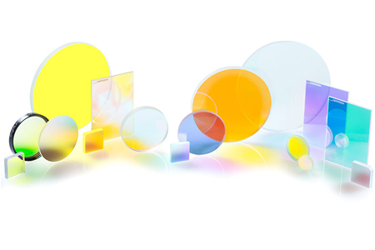Key Factors That Determine Laser Damage Threshold

Laser damage threshold (LDT) is a critical specification when selecting optical filters for high-power laser applications, as damage can occur based on numerous variables. LDT is typically expressed in Joules per square centimeter (J/cm²), but its actual value is influenced by both the material properties of the filter and the characteristics of the laser beam.
Key filter material properties include absorption coefficient, specific heat, melting temperature, defects, impurities, thickness, and surface morphology. Beam-related variables such as beam size, wavelength, pulse duration, repetition rate, and peak power also significantly impact LDT.
For continuous wave (cw) lasers, Semrock filters typically exhibit LDT values of 10 J/cm² or higher, with thermal damage being the primary concern. In the case of ultra-fast pulsed lasers (picosecond to femtosecond), the rapid repetition rate often results in quasi-cw behavior, allowing average power density to serve as a practical measure for estimating LDT. For longer-pulse lasers (nanosecond to microsecond durations), dielectric breakdown becomes the dominant damage mechanism. Most Semrock filters in this category have LDT values around 1 J/cm² and are classified as “high-power laser quality.”
A notable exception is narrowband laser-line filters, where internal field concentration in specific coating layers may reduce LDT by an order of magnitude.
To support users, Semrock provides an online laser damage estimation tool, helping customers assess potential risks. When laser damage is a concern, specifying LDT requirements is essential. Note that LDT measurements are not conducted in-house and may extend lead times and add cost.
Get unlimited access to:
Enter your credentials below to log in. Not yet a member of Photonics Online? Subscribe today.
